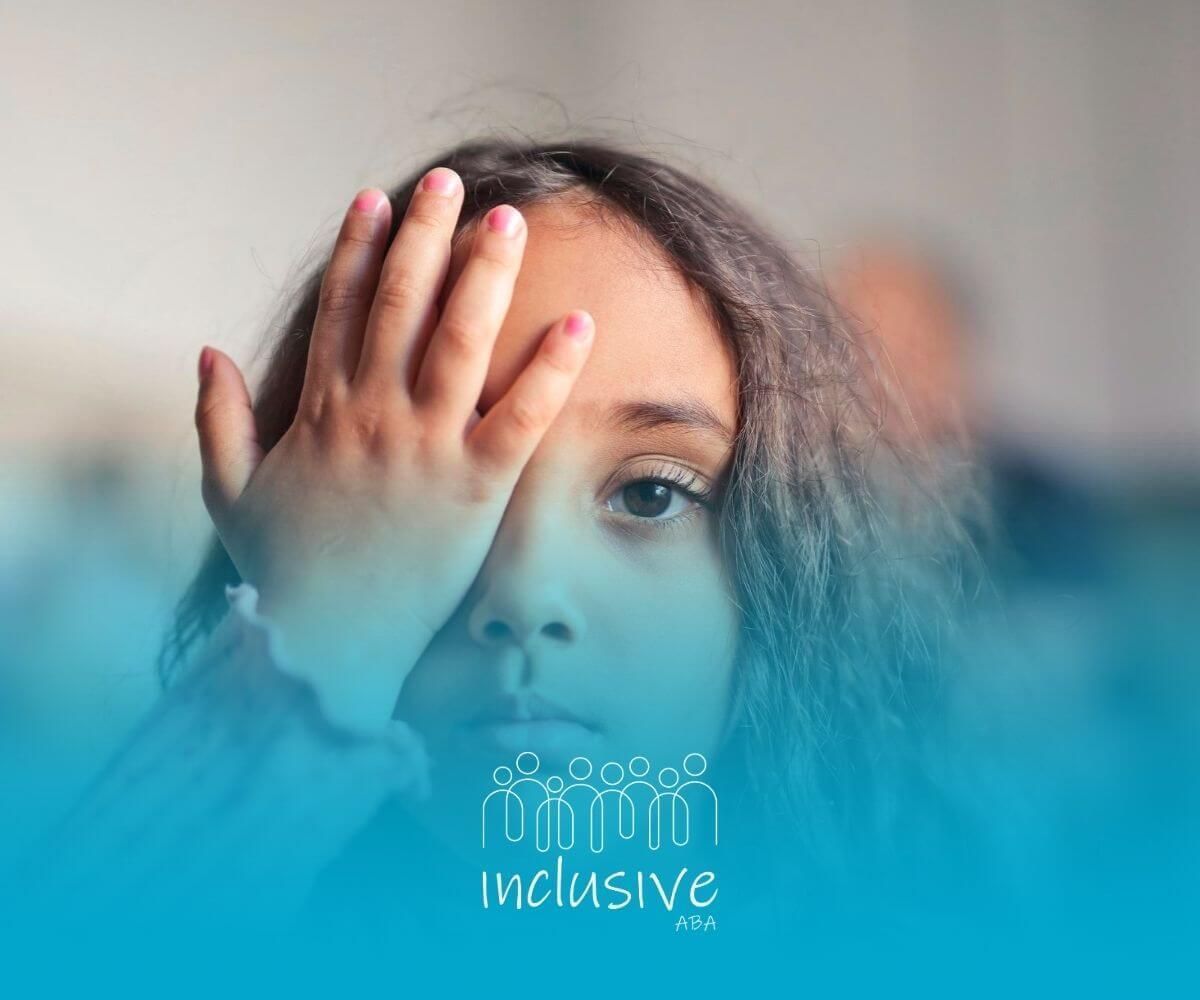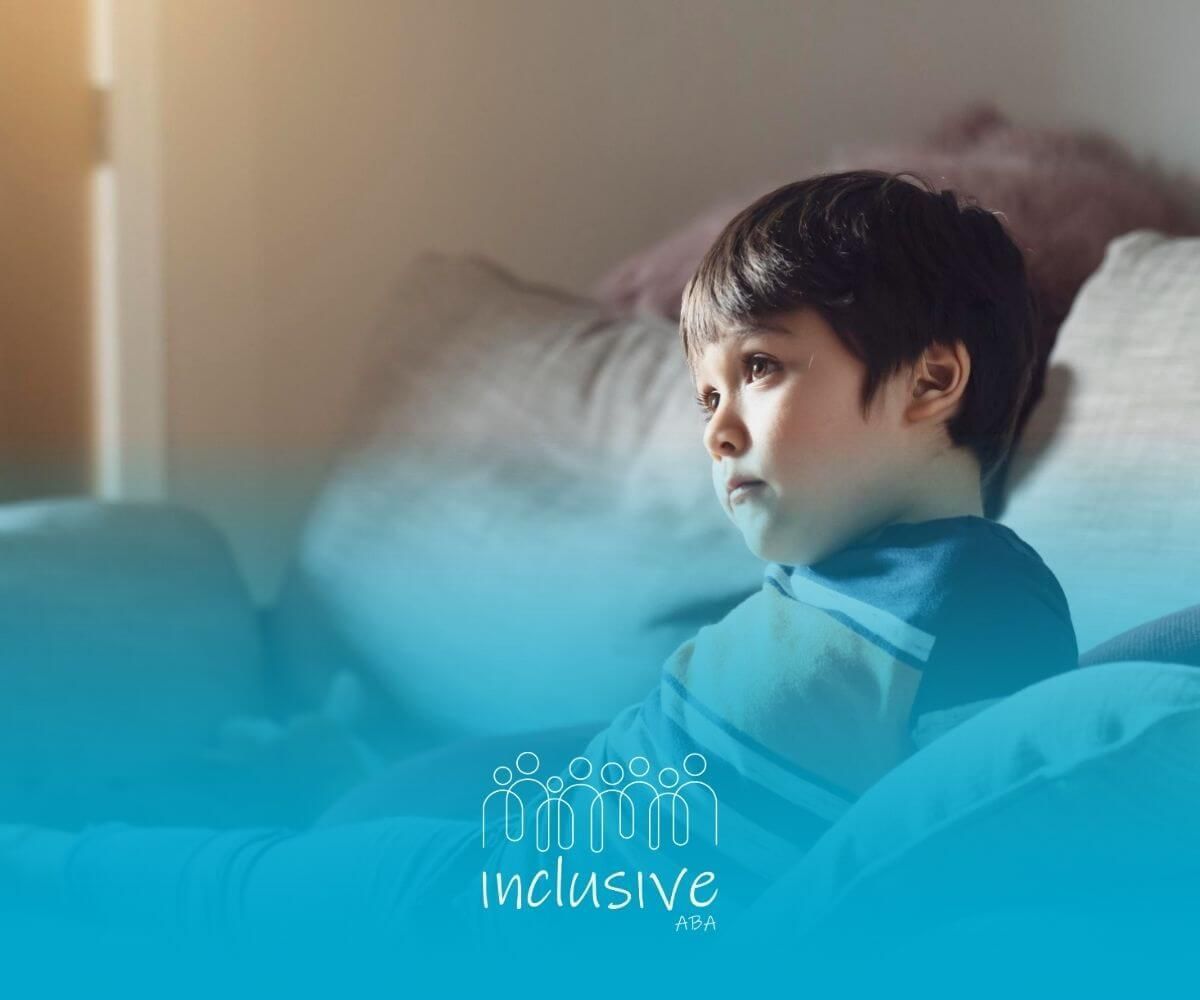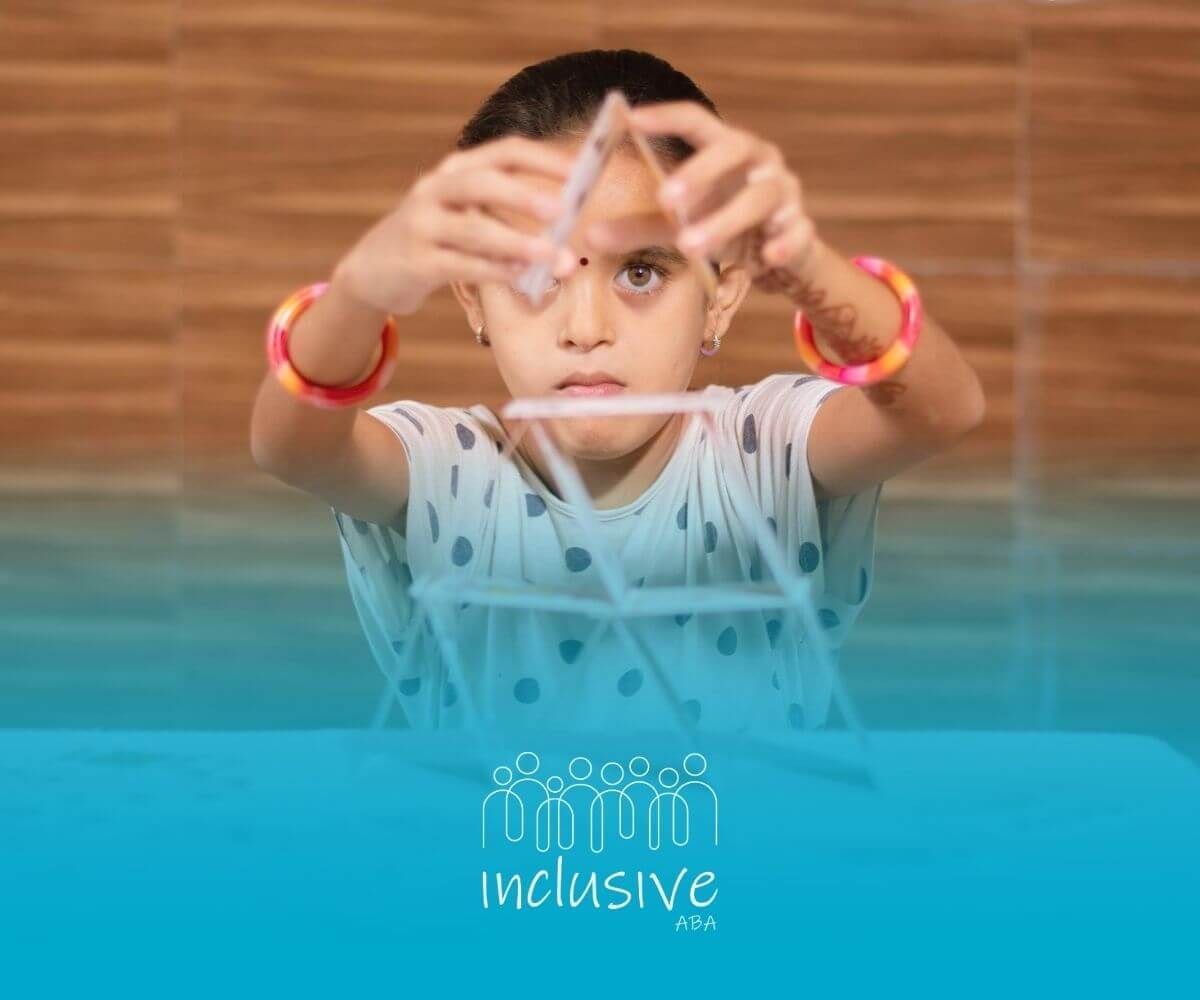Essential Autism Diagnosis Criteria Explained
Understanding Autism Spectrum
Grasping Autism Spectrum Disorder (ASD) involves knowing the criteria and tips that healthcare folks use to spot and check out the condition.
DSM-5 Criteria for Autism
The
DSM-5 from the American Psychiatric Association sets the rules for figuring out Autism Spectrum Disorder. People usually get the label of autism if they have ongoing issues with social chit-chat and interaction, along with habits or actions that repeat or are kinda rigid. These signs need to pop up early in life and must mess with daily life, work, or other key parts of living. This helps to tell autism apart from other growth hiccups, like an intellectual disability or a general delay in development.
| Criteria Description | Details |
|---|---|
| Social Communication Deficits | Struggles with understanding and using words and body language, not being socially reciprocal, and having a hard time making pals in different settings. |
| Restricted and Repetitive Behaviors | Doing the same movements or talk again and again, sticking tightly to routines, and being super into certain topics. |
| Early Developmental Symptoms | These usually pop up in the early stages of development. |
| Impact on Functioning | The symptoms mess with daily life in a big way. |
For more on what autism looks like, you can read up more about what is autism spectrum disorder.
Screening Recommendations
Checking for autism is key for catching it early and jumping in with help. The American Academy of Pediatrics suggests that every kid should have regular growth check-ups at certain ages, mostly around 18 and 24 months. If there's worry about how a child is maturing, more checks should happen. This early screening might point out kids who need closer looks from specialist folks.
Parents and caregivers need to know the hints of autism, like early hold-ups in making friends, talking, and other communication stuff. If these hints show up, chatting with a healthcare pro is a smart step for a deeper look-see.
In a nutshell, knowing the autism diagnosis criteria as laid out by the DSM-5 and sticking to screening tips are must-do's for getting kiddos with ASD the right help quickly. For additional reading on what autism looks and feels like, including autism signs in kids and the reasons behind autism spectrum disorder, feel free to check out those pieces.
The Diagnosis Process
Figuring out Autism Spectrum Disorder (ASD) is often like a team project, where different pros work together to get a clear picture. This teamwork is key to coming up with plans that really fit what the person needs.
Coordination of Healthcare Team
Once autism gets the official nod, a specialist usually steps in to rally the troops. This crew might include pediatricians, psychologists, speech pros, occupational therapists, and teachers, each pitching in with what they're great at. Their combined skills aim to cover every angle of a person's growth and happiness.
Good teamwork means mixing up different treatments, like behavior tweaks and school help, into one big plan. Team conversations are non-stop, keeping a check on how the kid's doing and tweaking the plan when needed.
Keeping an Eye on Progress
Watching how a kid grows is huge for families, teachers, and doctors. Regular checkups show how things are going and if any changes are needed. Families should jot down shifts in behavior, talking, and mingling over time. All this info is gold for tailoring treatments as the person grows older.
As kiddos grow, what they need might switch up, which makes regular check-ins a no-brainer. Early intervention efforts, like
Early and Intensive Behavioral Intervention (EIBI), have shown they're more effective when paired with steady progress checks.
| Assessment Tool | What It Does |
|---|---|
| Observational Checklists | Keeps tabs on symptoms and actions |
| Standardized Screening Tools | Checks off developmental benchmarks |
| Parent Questionnaires | Brings in everyday behavior and hurdles |
Diagnostic Tools for Autism
When figuring out Autism Spectrum Disorder (ASD), there are some handy tools to help understand behavior patterns and growth milestones. Four big players in this diagnostic game are the M-CHAT-R/F, ADOS, ADI-R, and CARS. Each has its own flair for catching signs of autism.
M-CHAT-R/F Screening Tool
The Modified Checklist for Autism in Toddlers, Revised with Follow-Up (M-CHAT-R/F) is like a trusty sidekick for spotting early signs in kids aged 16 to 30 months. Parents answer a bunch of yes/no questions about their child's quirks and skills.
How It Stacks Up:
- Sensitivity: 78% (95% CI 0.57‒0.91)
- Specificity: 98% (95% CI 0.88–1.00)
This guy’s great at ruling out kids who don't have autism, which makes it a solid first step in the ASD screening process.
ADOS Diagnostic Tool
The Autism Diagnostic Observation Schedule (ADOS) puts individuals of all ages under the spotlight in a fun, structured environment. This helps professionals get a good read on how a person interacts, communicates, and plays.
How It Stacks Up:
- Sensitivity: 87% (95% CI 0.79‒0.92)
- Specificity: 75% (95% CI 0.73‒0.78)
ADOS’s real strength lies in digging deeper into behavior, making it a golden follow-up tool after initial screenings.
ADI-R Diagnostic Tool
For those who like to chat, the Autism Diagnostic Interview-Revised (ADI-R) dives into conversations with parents or caregivers. It’s all about social vibes, talking patterns, and repetitive actions.
How It Stacks Up:
- Sensitivity: 77% (95% CI 0.56‒0.90)
- Specificity: 68% (95% CI 0.52‒0.81)
The ADI-R is ace at pulling together a story of one’s development and behaviors, working nice and tidy with other checks.
CARS Diagnostic Tool
The Childhood Autism Rating Scale (CARS) is like a report card for kids 2 and older. By mixing what parents note and what observers see, it grades the level of autism symptoms.
How It Stacks Up:
- Sensitivity: 89% (95% CI 0.78‒0.95)
- Specificity: 79% (95% CI 0.65‒0.88)
CARS gives a number that tells how intense the symptoms are, which can shape treatments and learning plans. For heartwarming tales, check out famous people with autism.
These tools work best together, forming a super team for evaluating and diagnosing ASD. Knowing them inside out is key for parents, educators, and health folks looking after those on the autism spectrum.
Evolving Perspectives on Autism
Our understanding of autism has come a long way, and the criteria for diagnosing it have changed just as much. This shift in thinking shows just how varied Autism Spectrum Disorder (ASD) can be for different individuals.
Changes in Diagnostic Criteria
One of the biggest updates in how we diagnose autism happened when DSM-IV became DSM-5. Thanks to this switch, autism is now seen as a spectrum with varying levels of severity and functionality. This helps us see just how unique and complex the disorder can be for individuals.
Back in the day, autism was viewed through a much more limited scope. For instance, DSM-III from the 1980s labeled it as a "pervasive developmental disorder," marked by little interest in others and communication troubles. This definition required symptoms to start showing in the first 30 months of life. However, the 1987 revision added something called pervasive developmental disorder-not otherwise specified (PDD-NOS), recognizing that autism appears in a variety of ways across a person's life.
To add more flavor, the ICD-11 introduces subtypes based on cognitive and language skills, painting a richer picture of how autism shows up differently in folks.
DSM Evolution
The way we describe autism has really changed over time. In 1943, Leo Kanner described it as a significant emotional issue without cognitive impact, and by 1968’s DSM-II, it was mixed up with childhood schizophrenia. This tight definition made it hard to recognize autism as its own thing.
With each new DSM edition, our grasp of autism has grown. DSM-III gave autism its own diagnosis, providing a better framework for recognition and comprehension. By offering broader diagnosis categories, like PDD-NOS, there was a shift towards accepting autism's spectrum nature—key to today's criteria.
This evolution in our understanding and diagnosis shows how far we’ve come, moving toward more inclusive and accurate methods that respect the varied experiences of those with ASD.
Characteristics of Autism Spectrum
Figuring out what makes Autism Spectrum Disorder (ASD) tick is key for anyone involved in the life of someone with autism, especially the folks like parents, family, teachers, or therapists. These traits show up as early signs and symptoms and the wide range of intelligence levels among those with autism.
Early Signs and Symptoms
You can often spot autism spectrum disorder before kiddos even hit their first birthday. A little one might take longer to get the hang of talking or making friends. Here are a few clues:
- Not looking folks in the eye
- Ignoring their name when called
- Not using much body language, like pointing or waving
- Having a hard time with pretend play
- Doing the same thing over and over
Sometimes, kids seem to be developing just fine until around 18 to 24 months, and then bam—autism symptoms show up. Checking their development might be wise to catch any snags in thinking, talking, or mingling with others. It can give a heads-up on how they're doing.
| Age Range | Common Early Signs |
|---|---|
| 0-1 Year | Not looking folks in the eye; not answering when called |
| 1-2 Years | Not using gestures; struggles with playtime |
| 2 Years and Beyond | Social struggles; repeating actions or words |
Varied Intelligence Levels
Autism spectrum disorder isn't a one-size-fits-all kind of deal. Smarts range all over the place. Here's a breakdown:
- Some kids with ASD are super smart, others might need more help.
- Often, you can't tell someone has ASD just by looking, so you gotta go by what they do and how they act.
- The ICD-11 breaks down autism into subtypes based on thinking and talking skills, like ASD with little or no trouble in talking.
Figuring out ASD comes from watching how kids deal with the world around them. No single test points to autism, so keeping an eye on development is key to spotting it.
Grasping these characteristics is super important for anyone looking after folks with autism.
Autism and Other Developmental Disorders
Getting a handle on how Autism Spectrum Disorder (ASD) stacks up against other developmental troubles is like putting the right pieces in a puzzle. This part is all about figuring out what sets ASD apart and where it rubs shoulders with a partner-in-crime: ADHD.
Distinguishing ASD from Others
ASD isn't just a one-size-fits-all deal – it's a
whole collection of different quirks, including Autistic Disorder, Pervasive Developmental Disorder Not Otherwise Specified (PDD-NOS), and Asperger’s Syndrome. Think of each as having its own personality, each needing a tailor-made approach for help.
| ASD Flavor | Noteworthy Traits |
|---|---|
| Autistic Disorder | Tough times in talking and making friends. |
| PDD-NOS | Doesn't quite tick all the boxes for other labels. |
| Asperger’s Syndrome | Social awkwardness but usually smart or brainy. |
Figuring these out means we can craft just the right help they need.
Overlapping Symptoms with ADHD
ASD and ADHD are like siblings, often showing up to the party with similar traits. Around half of folks with ASD, especially the little ones, show signs of ADHD too. They share common hurdles like sleeping issues, staying focused, chatting clearly, and keeping their impulses in check.
| What's Botherin' Ya | ASD Traits | ADHD Peculiarity |
|---|---|---|
| Focus Troubles | Hard to stay on task | Skips details, careless |
| Impulse Actions | Can blurt out or act | Frequent jumping the gun |
| Talkin' Hiccups | Few words, shy talk | Jumbled speech, wordy mess |
| Zs Not Coming | Schedule hard to set | Falling/staying asleep pain |
The DSM-5 shook things up in 2013, letting both ADHD and ASD hang out under the same roof with a dual diagnosis. This gearshift helps the pros pinpoint what’s going on, paving the way for better help strategies.
With a better grip on these quirks and curvy roads, parents, teachers, and savvy professionals can lend their support in just the right way to those navigating autism and its friends.
SOURCES:
https://www.cdc.gov/autism/hcp/diagnosis/index.html
https://autism.org/screening-assessment/
https://pmc.ncbi.nlm.nih.gov/articles/PMC9365987/
https://www.thetransmitter.org/spectrum/evolution-autism-diagnosis-explained/
Looking for Expert Help? We're Here for You!
Our compassionate and skilled team is devoted to enhancing your child's development through customized ABA therapy. Let us partner with you to create a supportive environment for your child's success.
Discover how we can help your family thrive with expert ABA therapy.
Related Posts







